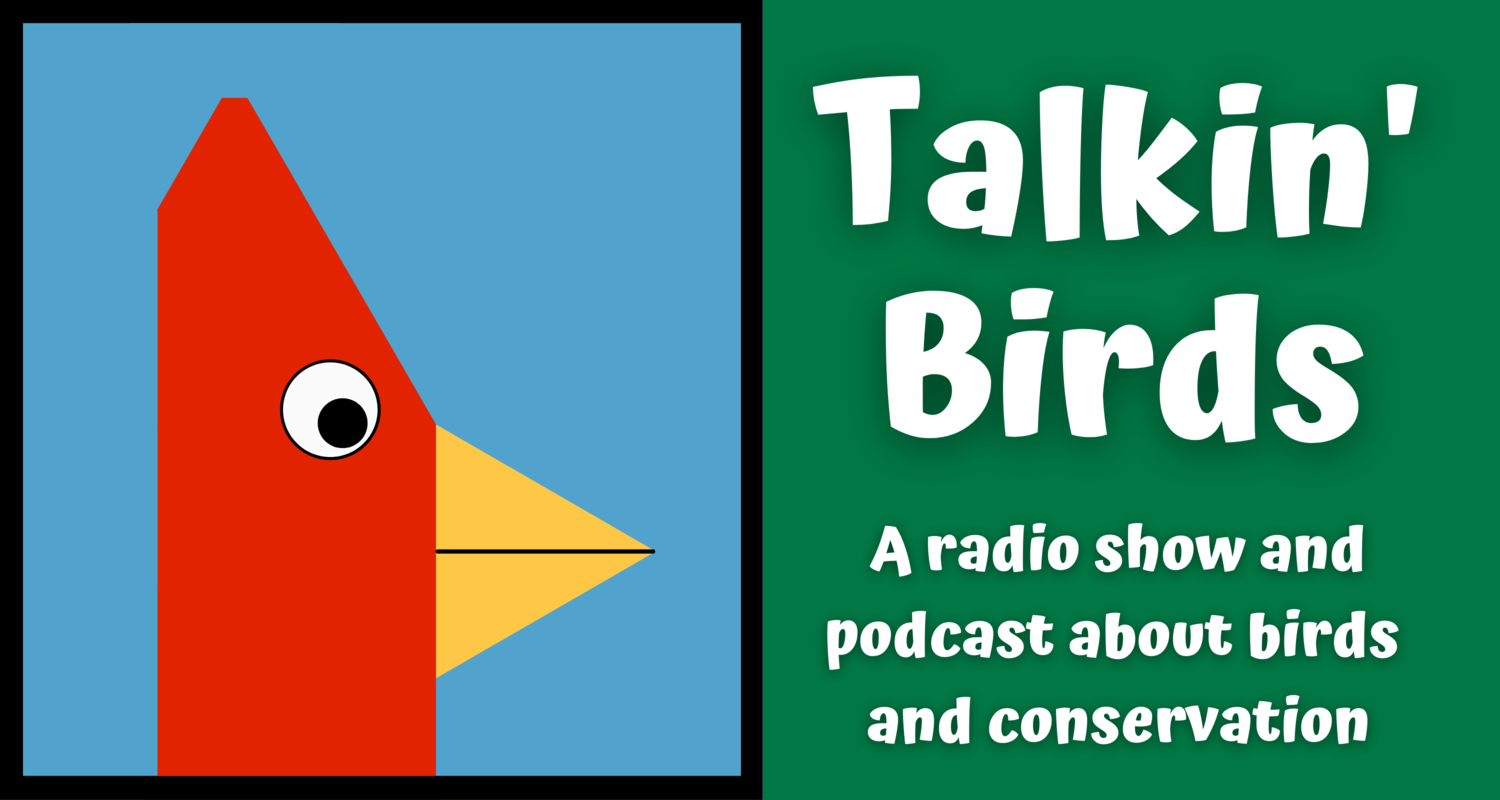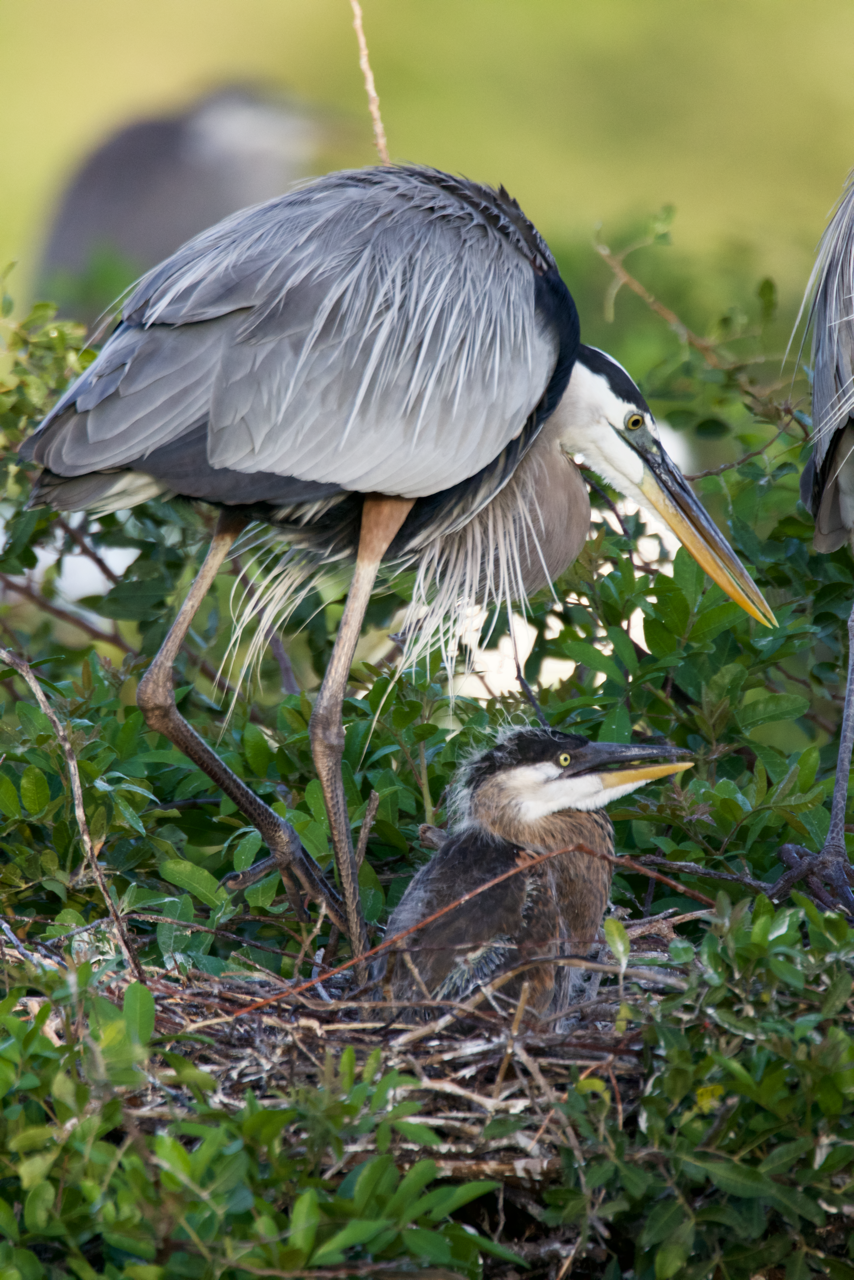Talkin’ Birds listener and Ambassador Scott McMorrow wrote a piece for his local Marin County, California newspaper about the U.S. Fish and Wildlife’s proposal to shoot Barred Owls in order to protect Northern Spotted Owls. This essay appeared in the Point Reyes Light on February 28, 2024.
Last month, I was blissfully wandering my Inverness neighborhood, a mixed woodland flush with towering redwood, oak, and laurel trees. But what began as an uneventful outing morphed into one of those once-in-a blue-moon days for birders as I found myself in the presence of two magnificent species. These two raptors happen to be in the crosshairs of an ongoing debate in the scientific community that may reshape the future of wildlife management. It is a tale of two owls — the best of cousins who became the worst of neighbors.
Entering the woodland, measuring approximately 25 inches and wearing horizontal bars on its chest with vertical stripes on its belly and no ear tufts, we have the Beast from the East, the transcontinental migrator, the Boston Bruiser: the Barred Owl.
In the opposite corner of our woods, measuring approximately 16 inches and wearing mostly white and mottled brown, also with no ear tufts, we have the Oracle of the Northwest: the Northern Spotted Owl. That yellow-beaked friend-of-trees that once brought a halt to much of the clearcutting of old-growth forests in the Pacific Northwest was listed as endangered in 1990 but, despite protections, has continued to decline.
Scientists believe the Barred Owl is capable of outhunting and outcompeting the smaller Spotted Owl, and the United States Fish and Wildlife Service has proposed reducing populations of the larger owl by killing it.
I confess I’m no expert on this complex issue. I have no answers. I do have questions.
The proposed solution relies on someone trekking into the woods with a shotgun and a device to play pre-recorded Barred Owl sounds. The goal is to lure the unsuspecting owl into range, then shoot and kill it. Is this the best we can do?
Consider the human capacity for creativity and problem-solving. Galileo built his own telescope and from the surface of the earth discerned planetary motion. From these humble beginnings we now have of a robust space program. Yet the best plan we can come up with for Barred Owls is to hike into the woods and kill them? How can we even be sure we are killing the correct owl?
Northern Spotted Owls and Barred Owls are more than kissing cousins. They’ve interbred to create a hybrid that contains a genetic percentage of both species. This raises the question of whether to kill the hybrids, along with ethical questions about the meaning of species survival. What if we are witnessing evolution in action, and the larger owl is destined to win that Darwinian battle, however the fight is fixed?
And what’s up with all the name-calling? The Barred Owl has been labeled “invasive.” When we label something this way, it is deemed lesser and not necessarily worthy of existence. Scientists believe the Barred Owl originated in the east and followed expansion as settlers and explorers migrated west. Like many eastern transplants to California, they made themselves at home and put down roots. It is in the very nature of a bird to migrate, and doing so moves it into different territories. The Barred Owl has also been called a bully, an anthropomorphic label that I feel has no place in scientific discussion.
With the uncertainty of climate change, we don’t know whether the Spotted Owl, the Barred Owl, or the Spotted-Barred hybrid will be better suited to survive. Instead of trying to save one species, maybe we should focus on what would save all. And if we use the Barred Owl program as a precedent for similar problems in the future, we must have more ethical solutions.
I love birds, especially owls, and I have a particular affinity for the Barred Owl. Growing up back east, I used to go into the woods at night and cup my hands over my mouth to make an echo chamber. Then, in my best owl-speak, I would loudly ask, “Who cooks for you?” This is a close imitation of the Barred Owl’s vocalization, and though I was never able to call one to me, I was overjoyed when I got any kind of response.
At the very least, owl shooters should not be allowed to use electronic calls to lure their quarry. The use of these calls is unethical in most situations. In California, using electronic calls while hunting is illegal, except when pursuing coyotes. To compare owl shooting to hunting is disparaging to hunters, many of whom are guided by the ethos of fair chase. The use of electronic calls and night shooting is not fair chase. We should also devise a methodology to accurately identify hybrid owls, which should not be targeted. Please let us proceed cautiously and deliberately.
Scientists from the United States Geological Survey and Oregon State University reported that after removing Barred Owls, the estimated mean annual rate population change for Spotted Owls stabilized in areas with removals at a 2 percent decline per year. What does that even mean? And if we’re establishing a precedent for future wildlife management, the reported victory in this case seems at best insignificant and almost indeterminate. Nothing more than mystical statistics.









